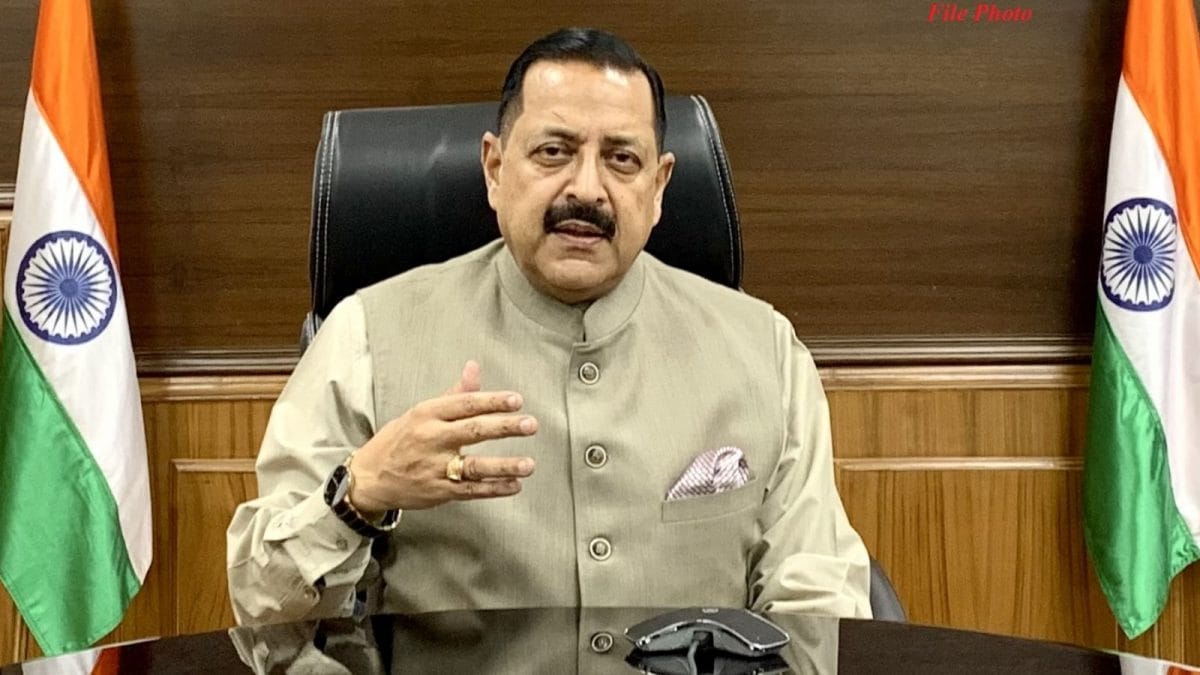India's Ambitious Space Goals: Over 100 Satellites Planned by 2040 - A Boost for Private Sector?
2025-08-24

News18
India's Minister of Science & Technology, Jitendra Singh, has unveiled a bold vision for the nation's space program: the launch of over 100 satellites by 2040. This ambitious plan signals a significant expansion of India's capabilities in space exploration and utilization, with a strong emphasis on leveraging the expertise and resources of private sector companies.
A Growing Space Power
India has steadily emerged as a key player in the global space arena. Its successful Mars Orbiter Mission (Mangalyaan) and the Chandrayaan lunar missions have demonstrated its technological prowess. The recent announcement underscores the country's commitment to further strengthening its position. The sheer scale of the planned satellite launches – exceeding 100 – highlights the long-term strategic importance India places on space assets.
Small Satellites, Big Opportunities
A notable aspect of this plan is the projected composition of the launches. Approximately 70% are expected to be small satellites. This focus on smaller payloads presents a significant opportunity for private firms. Small satellites are increasingly vital for various applications, including Earth observation, communication, and scientific research. Their lower cost and shorter development cycles make them attractive for both government agencies and commercial entities. The Indian government is actively encouraging private sector participation in the space industry, providing a supportive ecosystem for innovation and growth.
Private Sector's Role: A Game Changer
The involvement of private companies is seen as a crucial element in achieving India's ambitious space goals. Private firms can bring agility, efficiency, and specialized expertise to the table. They can contribute to satellite manufacturing, launch services, data analysis, and various other aspects of the space value chain. This collaboration between the public and private sectors is expected to accelerate the pace of innovation and reduce the overall cost of space missions. The government's policies are designed to create a level playing field and incentivize private investment in the space sector.
Applications and Benefits
The satellites launched as part of this plan will serve a wide range of purposes. Earth observation satellites will provide valuable data for agriculture, disaster management, urban planning, and environmental monitoring. Communication satellites will enhance connectivity, particularly in remote areas. Scientific satellites will contribute to our understanding of the universe. Ultimately, these advancements will benefit various sectors of the Indian economy and improve the lives of citizens.
Challenges and Future Outlook
While the plan is ambitious and promising, it also presents challenges. Ensuring the availability of skilled manpower, securing funding, and managing the increasing complexity of space operations are key considerations. However, with the government's strong commitment and the growing capabilities of the private sector, India is well-positioned to achieve its space aspirations. The next two decades are likely to witness a dramatic transformation of India's space program, solidifying its place as a leading spacefaring nation. The focus on small satellites and private sector participation will be instrumental in driving this growth.





